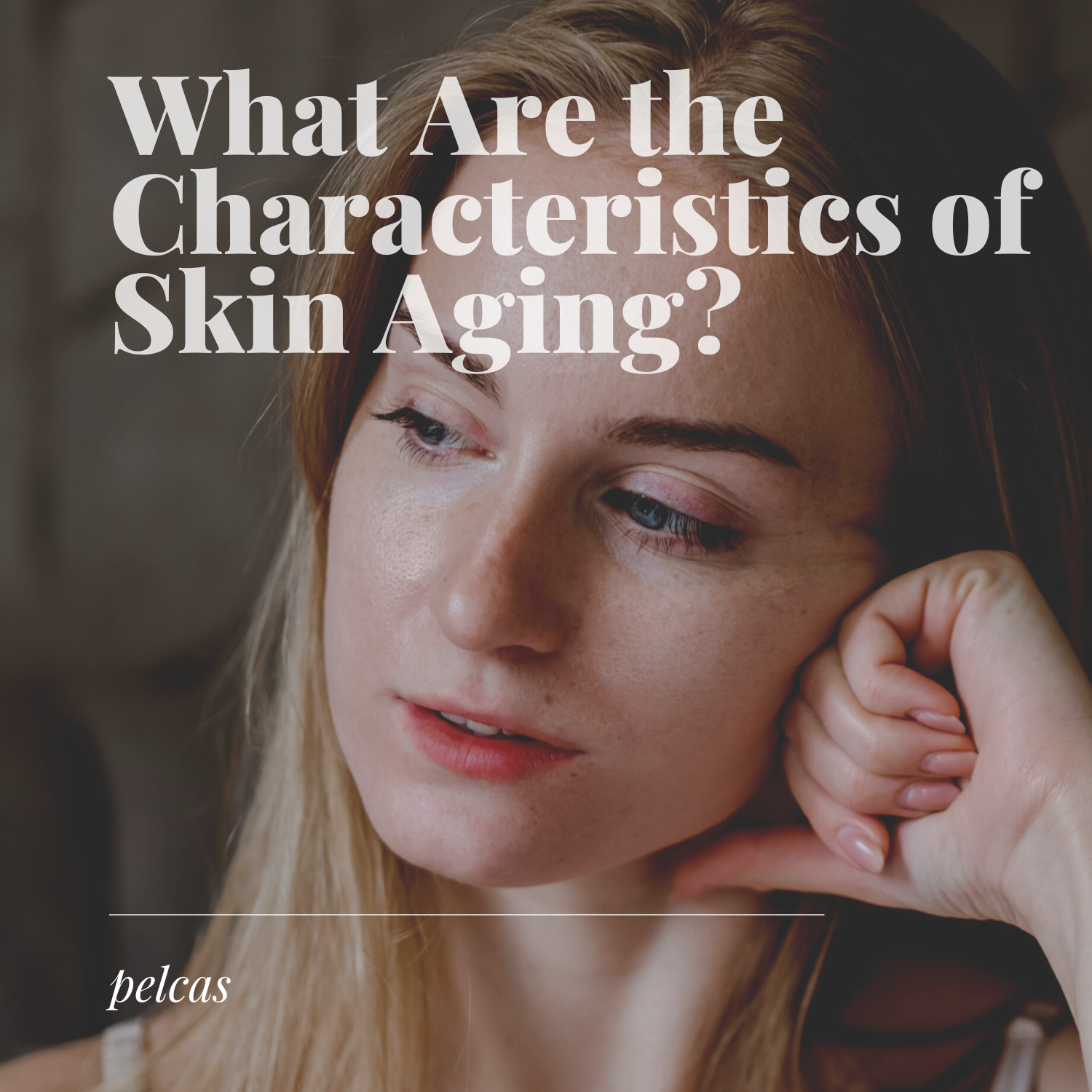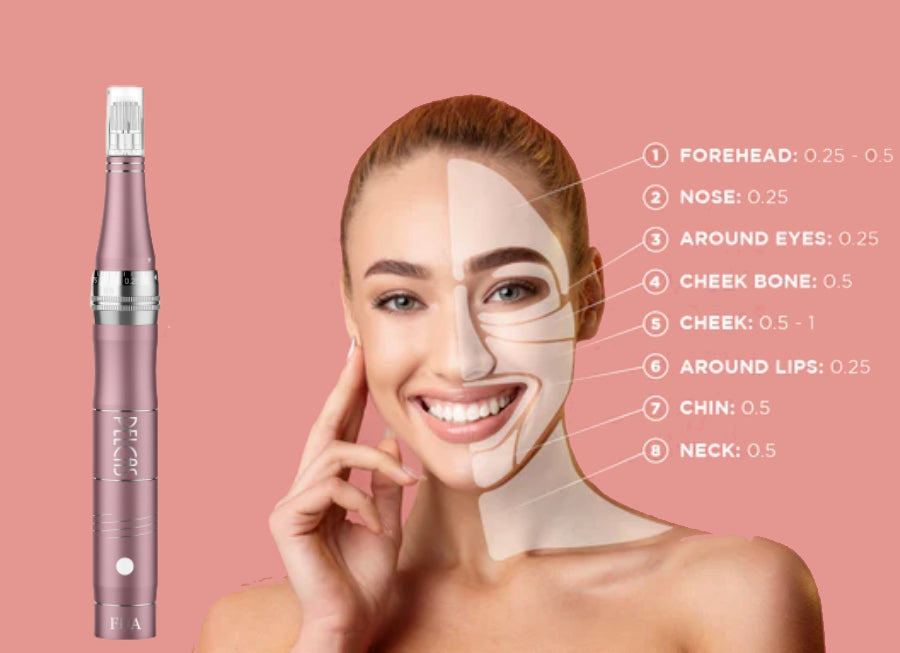What Are the Characteristics of Skin Aging?

As we gracefully journey through life, our skin undergoes various changes, and one significant transformation is the natural aging process. Over time, our skin gradually loses its youthful appearance and experiences a range of characteristic changes. In this blog, we will delve into the characteristics of skin aging, focusing on dryness, concavity, looseness, and drooping. Understanding these changes can help us take better care of our skin and make informed choices about skincare routines and treatments.
Dryness
One of the most common characteristics of aging skin is dryness. As we age, our skin produces less oil, leading to a decrease in natural moisture retention. Consequently, the skin becomes drier, rougher, and more prone to irritation and itchiness. Dry skin often appears flaky and lacks the radiant glow associated with youthful skin. To combat dryness, it is essential to maintain a consistent skincare routine that includes gentle cleansing, regular moisturizing, and the use of hydrating products containing ingredients like hyaluronic acid and ceramides.
Concavity
As we age, another noticeable change in the skin's appearance is the development of concavity. Loss of fat, collagen, and elastin fibers beneath the skin's surface can result in a hollowed-out appearance. This concavity may be most prominent around the cheeks, temples, and under-eye areas, leading to a tired or sunken look. Factors such as genetics, sun exposure, and lifestyle choices can influence the severity of concavity. To address this characteristic of aging skin, some individuals explore dermal fillers or non-invasive treatments to restore volume and plumpness to the affected areas.
Looseness
Skin looseness, also known as laxity, is another common characteristic of aging. The loss of collagen and elastin fibers, which provide structure and elasticity to the skin, contributes to this phenomenon. As a result, the skin gradually loses its firmness and resilience, leading to sagging and wrinkles. Skin laxity can occur on various parts of the body, including the face, neck, arms, and abdomen. Lifestyle choices, such as excessive sun exposure and smoking, can accelerate the development of loose skin. Treatments like radiofrequency, ultrasound, and laser therapies can help tighten the skin and stimulate collagen production.
Drooping
Drooping or sagging skin is a noticeable characteristic of aging, often observed around the jowls, neck, and eyelids. Gravity, along with the loss of underlying supportive structures, contributes to the downward displacement of skin tissue. The gradual weakening of muscles and the thinning of the skin's upper layers also play a role in the development of drooping. Facelift surgery is a common option for individuals seeking a more dramatic and long-lasting solution to address significant skin drooping. Non-surgical options like thread lifts and certain aesthetic treatments may also provide temporary improvements.
Conclusion
Understanding the characteristics of skin aging, such as dryness, concavity, looseness, and drooping, is essential for maintaining healthy and youthful-looking skin. While the aging process is natural and inevitable, there are numerous skincare routines, treatments, and lifestyle choices that can help slow down its progression and minimize its effects. Regular moisturization, protection from the sun, a balanced diet, and a healthy lifestyle can all contribute to healthier and more resilient skin. And, you can use some skincare tool, such as facial massager, to improve blood circulation, reduce puffiness and swelling, promote relaxation and enhance skincare product absorption.
Remember, embracing the changes that come with age and adapting a positive mindset towards self-care can make all the difference in achieving and maintaining skin vitality and confidence throughout life.





Comments